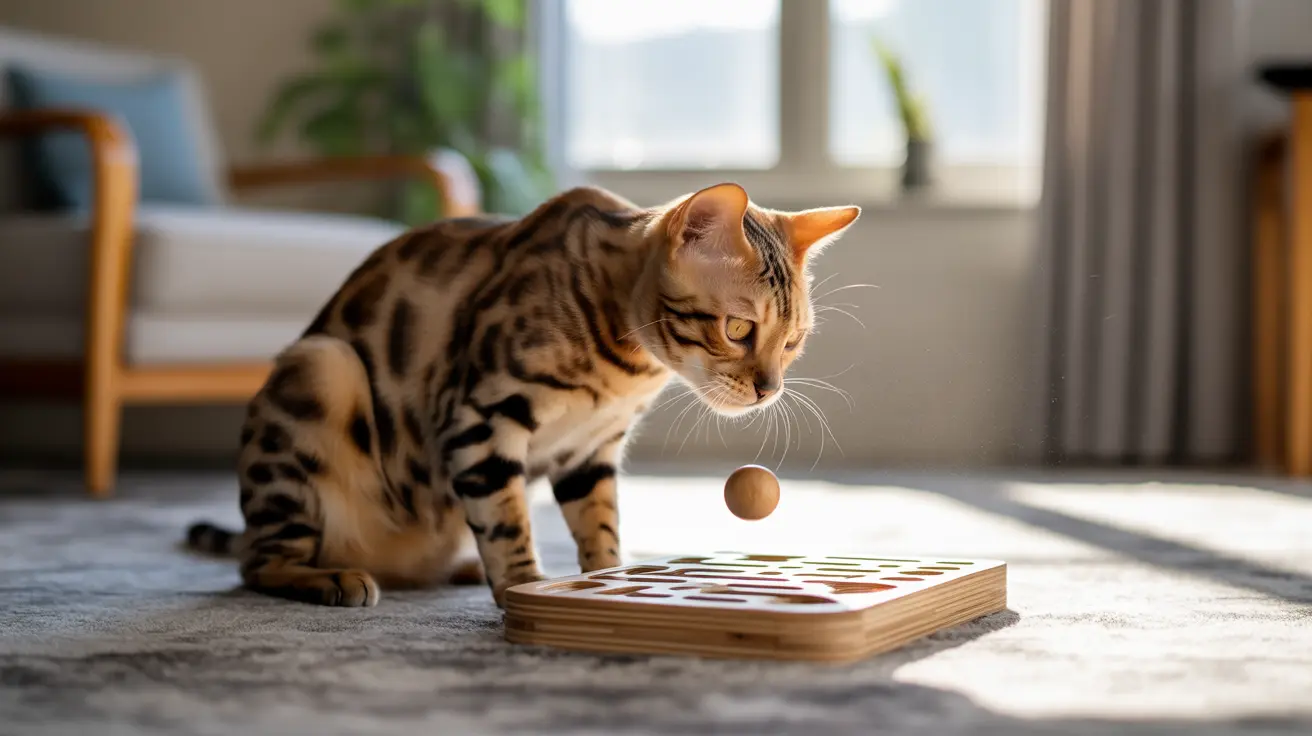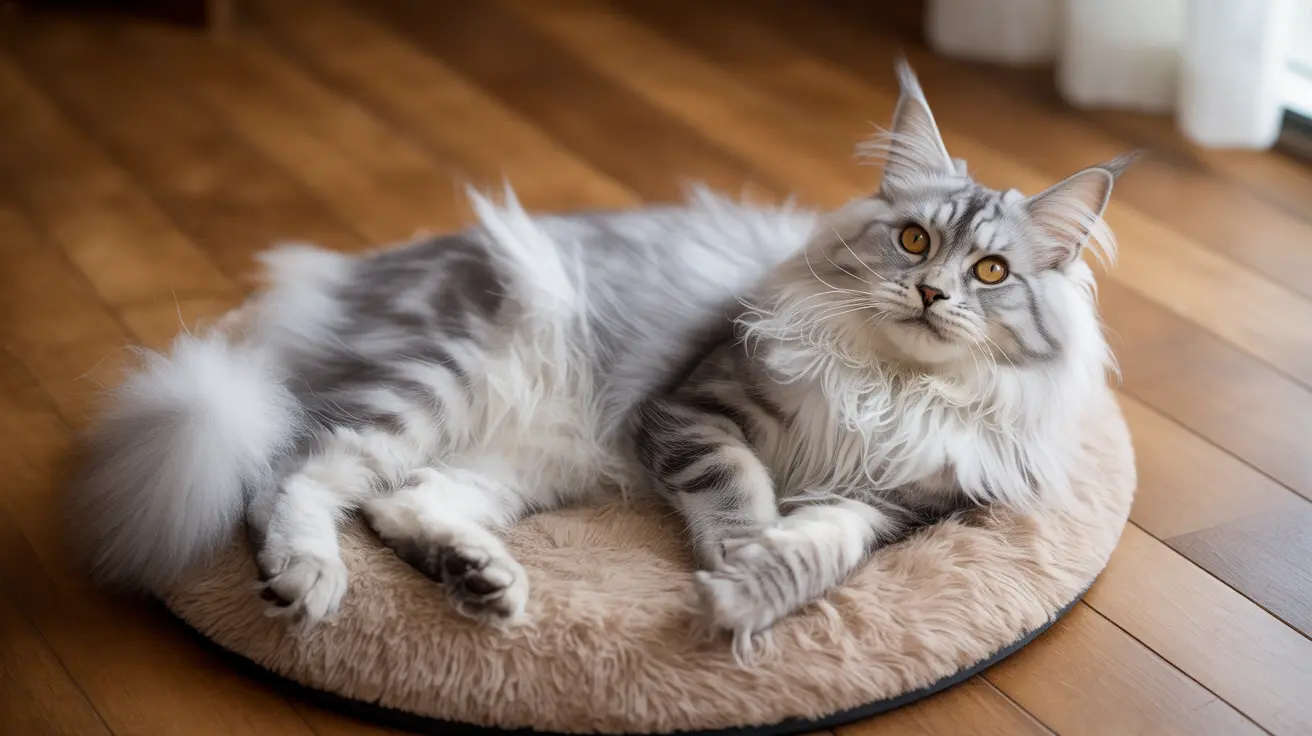How to Stop Your Dog from Licking Its Paws
When you notice your dog obsessively licking its paws, it’s natural to be concerned. While a little grooming is normal, excessive paw licking can signal something’s wrong—ranging from physical discomfort to emotional stress. Let’s explore why dogs lick their paws and what you can do to help.
Common Causes of Paw Licking
1. Injuries: Dogs often lick their paws if there’s a cut, thorn, splinter, torn nail, or irritation from hot pavement or rough ground. Sometimes pain elsewhere in the leg prompts this behavior. You might spot swelling, redness, or limping.
2. Allergies: Food allergies or reactions to environmental triggers like pollen and grass can make paws itchy. Even chemicals on sidewalks or certain materials at home may provoke allergic responses. Dogs with allergies often lick repetitively in search of relief.
3. Infections: Bacterial or yeast infections thrive in moist environments—like between your dog’s toes after repeated licking. Watch for redness, swelling, sores, or a foul odor. Parasites like mites and fleas can also make paws itchy.
4. Growths: Cysts, tumors, or arthritis might cause chronic licking and sometimes limping as your dog tries to soothe discomfort.
5. Behavioral Concerns: Stressful changes (a new schedule, loud noises) or boredom may trigger compulsive paw licking as a form of self-soothing.
6. Dryness: Dry or cracked pads—often from arid weather or over-bathing—can lead to licking as dogs try to moisturize themselves.
How to Identify the Cause
- Observe whether licking is focused on one paw or multiple paws.
- Check for visible injuries: gently inspect between toes and pads for debris or wounds.
- Look for signs of infection: redness, swelling, discharge.
- Note any recent changes: new foods, cleaning products, routines, or sources of stress.
Treatment and Prevention Strategies
- Paw Inspection & Cleaning: Examine the affected paw closely. If you find thorns or splinters you can safely remove them; otherwise see your vet—especially for deep objects like foxtails.
- Keep Paws Clean & Dry: Wash with mild soap and water; dry thoroughly. Use diluted chlorhexidine as an antiseptic if needed.
- Treat Wounds: Apply antibiotic/antifungal cream if there are minor cuts; bandage lightly and cover with a sock so your dog can’t chew off the bandage.
- Address Allergies: Your vet might recommend antihistamines or prescription allergy medications for chronic itchiness; sometimes patch testing helps pinpoint triggers.
- Moisurize Dry Pads: Use pet-safe moisturizers like paw balm or coconut oil (avoid human lotions). Don’t bathe too frequently—over-bathing dries out skin further.
- Paw Protection: Dog booties shield against salt and hot surfaces during walks; wash/dry paws after outings to remove irritants. If your dog won’t tolerate booties, try socks indoors.
- Mental Stimulation & Stress Relief: Provide plenty of exercise and interactive toys; establish routines; create safe spaces away from stressors like loud noises; consider hiring a walker if separation anxiety is an issue.
- Deter Licking: Bitter-tasting sprays (such as bitter apple) discourage licking but should only be used after ruling out medical causes.
- E-Collar (Cone): An Elizabethan collar prevents access to the paw while it heals—sometimes necessary for persistent cases.
When to See the Vet
- If you notice swelling, raw skin, limping/gait changes—or if home care doesn’t help within a few days—it’s time for professional evaluation.
- Persistent licking can lead to serious conditions like acral lick dermatitis (lick granulomas), which may require advanced treatment by a dermatologist or behaviorist.
Home Care Tips
- Gently move each joint in the paw to check for pain reactions indicating deeper injury.
- If you find debris between toes remove it carefully with tweezers; seek help if unsure how deep it goes.
- Treat minor wounds daily: clean gently, apply ointment recommended by your vet (never use human medications unless instructed), and change bandages regularly.
- If unexplained licking persists despite these efforts—or worsens—schedule a veterinary visit promptly rather than waiting for complications to develop.
Your dog’s paw-licking could be harmless grooming—but when it becomes persistent or aggressive it signals something more serious is going on physically or emotionally. Early attention prevents complications and keeps your companion comfortable on all fours!





